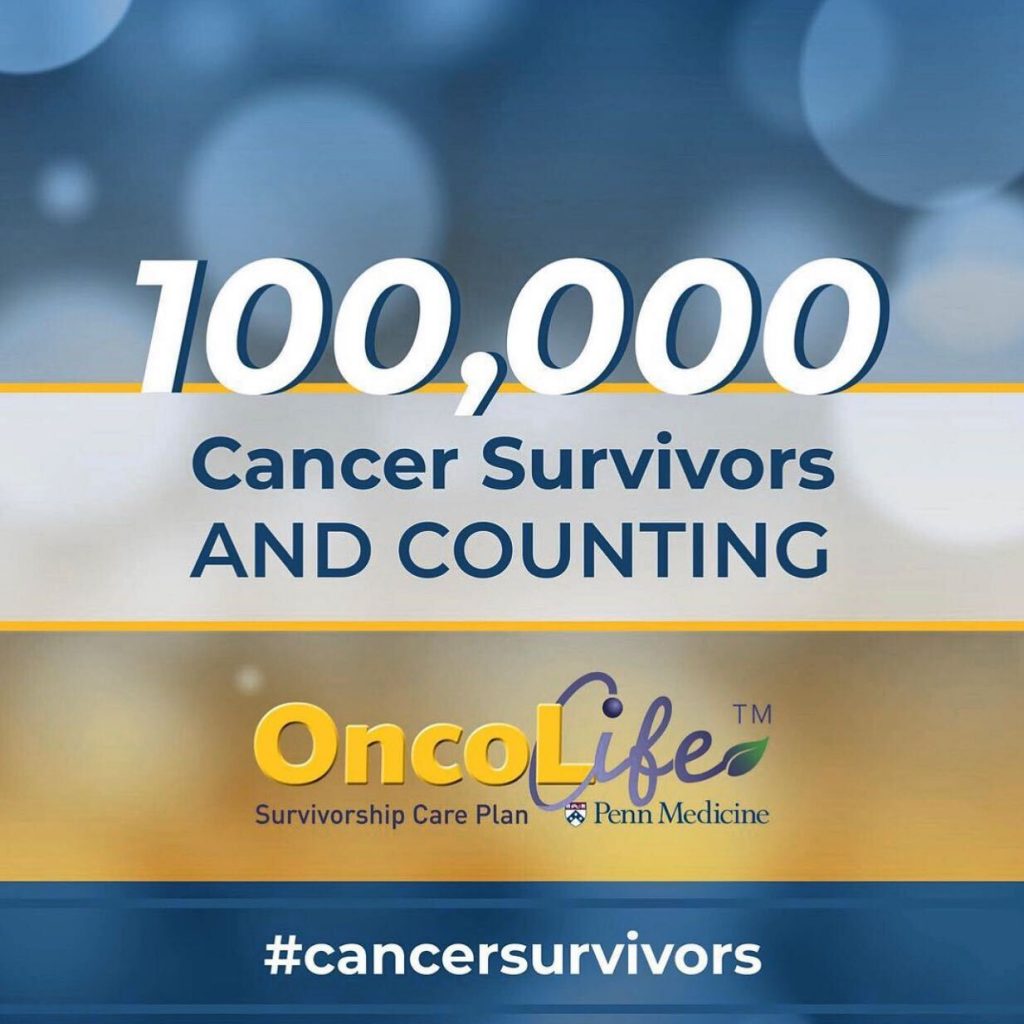
In April of 2007, OncoLink released the OncoLife Survivorship Care Strategy, a tool to develop care prepare for individuals who have actually made it through cancer. As that tool reaches the turning point of 100,000 care strategies developed, OncoLink’s Editorial director Christine Hill-Kayser, MD, discusses that we have actually likewise discovered a lot from the users of the care strategy.
OncoLink released the OncoLife Survivorship Care Strategy in 2007. We are a group of doctor with an objective: to offer detailed, available, and precise details for individuals experiencing cancer– as clients, caretakers, and, obviously, survivors. The intent of OncoLife has actually constantly been to offer tailored details and suggestions for individuals at any stage of the survivorship journey– from the minute of medical diagnosis, up until years after active treatment. In order to construct our very first variation, we searched the existing literature and expert group suggestions. Fourteen years back, and even now, the absence of information in lots of locations of survivorship triggered us disappointment. We spoke with specialists where information were not offered, and we informed our users about unknowns in the literature. Because that time, we have had the opportunity of increasing understanding about a few of those unknowns through research study and publication. It is thanks to our users– cancer survivors and those who take care of them– that we have actually had the ability to do this. We are considerably grateful.
In the start, our research study concentrated on how we might best offer an internet-based care strategy.
- What were the very best methods to compose material?
- How could we construct the care strategy?
- How could we make it offered to users everywhere?
- How would it be utilized, not just by cancer survivors in locations of terrific advocacy such as breast cancer, however by groups with less public exposure and less individuals– such as lung cancer survivors?
- Would older individuals, possibly with less Web gain access to, utilize it?
- Would doctor utilize it?
- Could we equate it into other languages?
The responses, over and over, were “YES!” Individuals would utilize it. We discovered, nevertheless, that various groups had various requirements, which young, white, extremely informed, females were the most likely users. Based upon these findings, we released a variation of the care strategy particularly customized for nurses and other doctor to utilize to offer care prepare for clients. This enabled gain access to for populations less most likely to develop care prepare for themselves. We got varied feedback relating to details volume– lots of people desired a growing number of details; nevertheless, others discovered big quantities of details frustrating. We once again included option to the care strategy– users can get a long, detailed file, or can select a more succinct file that just notes “essential takeaways.” A variation of the care strategy is offered in Spanish. We still have problem with guaranteeing that all populations have access to important details– however we have actually made considerable development.
5 years after our preliminary launch, we had the ability to start discovering at a more granular level about various populations of cancer survivors and their distinct requirements. We started to include the specific experience– in the type of client reported results– into care strategies. We asked survivors what annoying late or long-lasting results they may be experiencing, and their reports drove the prioritization of their care strategies. We discovered that tiredness, sexual modifications, and neurocognitive modifications are experienced by substantial varieties of survivors, and are regularly of greatest concern to survivors, although they are less regularly attended to by doctor than lots of other late results. We discovered that breast cancer survivors themselves are a lot more most likely to be disappointed with the look of their breasts after treatment than companies report. We discovered that survivors who have persistent cancers– which are treatable if not treatable– experience more signs than their equivalents whose cancers are believed to be treatable. In spite of this, survivors with persistent cancers are less most likely to get survivorship details and less most likely to have medical care companies. We discovered that << 15% of cancer survivors get devoted survivorship details throughout our nation, which considerable variations stay in this circulation.
The news is not all bleak! We likewise discovered that individuals who utilize our care strategy get brand-new details from it, and the majority of them feel that this details works and would advise the care strategy to other survivors. We discovered that many users feel that the care strategy enhances interaction with health care groups which it triggers healthy habits and way of life modifications. We have actually examined and executed approaches of embedding the care strategy into health system electronic medical records to help with care preparation for all survivors. With time, our care strategy has actually progressed through 11 variations– each with the objective of much better supplying gain access to and details to groups of cancer survivors and caretakers who require it.
Our tool stays totally free and openly available, and our objective is the same. We are grateful to our users, who have actually enabled us to grow and alter in order to much better attain that objective. We have actually been at this for almost 15 years, however we are no place near done. We eagerly anticipate the next years of research study and development to support the cancer survivorship neighborhood with terrific anticipation and enjoyment.
Christine Hill-Kayser, MD is the Editorial Director of Oncolink, Chief of the Pediatric Radiation Oncology Service and Partner Teacher of Radiation Oncology at the University of Pennsylvania and Kid’s Medical facility of Philadelphia.









